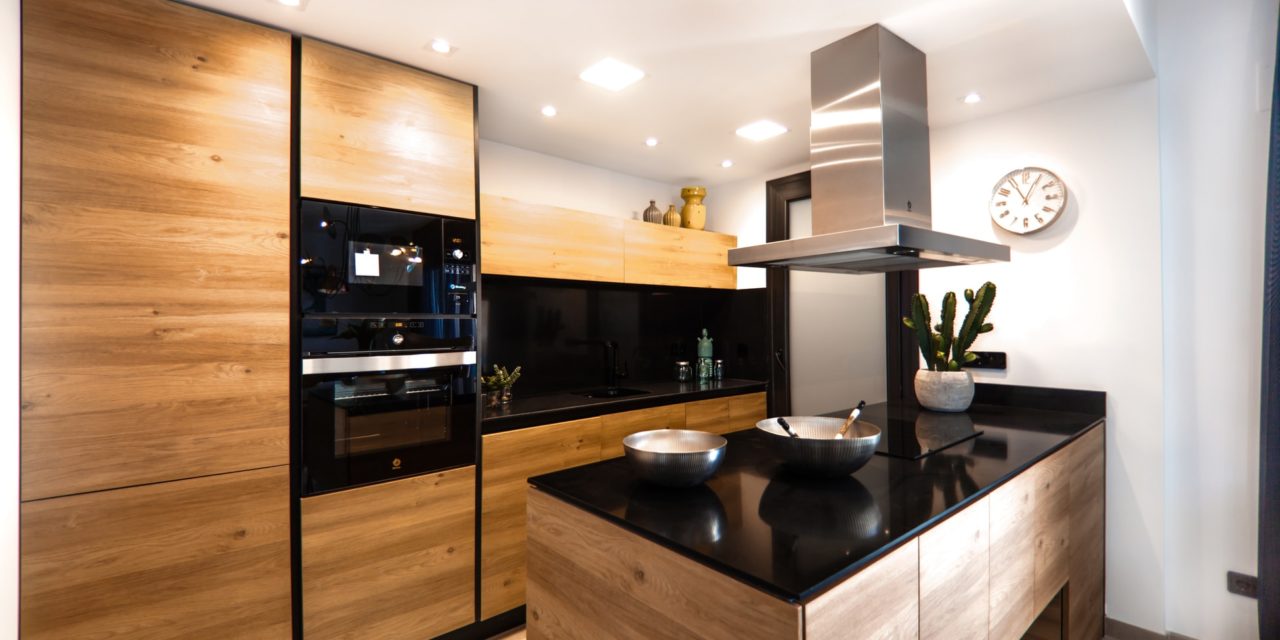[ad_1]
When you're planning a home remodeling project, you should have a color scheme in mind for every room, but choosing the actual paint shade usually comes at the end of the home renovation process.
Because looking at all the choices in the paint store can be overwhelming, here are some considerations to keep in mind:
- Hold off on choosing a precise shade until you have rugs and furniture selected. That way you can be sure to create a unified look. Take samples of your carpet, upholstery, and tile to the paint store with you.
- Glossier finishes reflect light and are easy to clean, making them a good choice for trim or kitchen and bathroom walls that need to be cleaned more frequently. A matte finish is better at hiding flaws in the walls and creates a softer look by absorbing more light.
- What kind of mood do you want to create with your room? If you want a cozy feeling, darker colors might be the way to go since they can make the room feel smaller. If you want the room to feel larger and more expansive, lighter colors on the walls will help.
- A very bright color on walls can feel overwhelming and frenetic. Sometimes it's best to pick the most neutral version of your desired color and use the brighter shades for accents.
- Most people prefer white or off-white for trim around windows and doors to draw attention to them, but you don't have to follow suit. A lighter shade of your wall color can be lovely while still drawing the eye. Dark trim and light walls can be striking but sometimes hard to pull off well.
- Don't choose a paint color right away; take those samples home with you and think about them. Although paint is relatively easy to change, repainting a room can be an annoyance. Be sure you're happy with the paint before you begin.
[ad_2]
Source by Joaquin Erazo, Jr.


